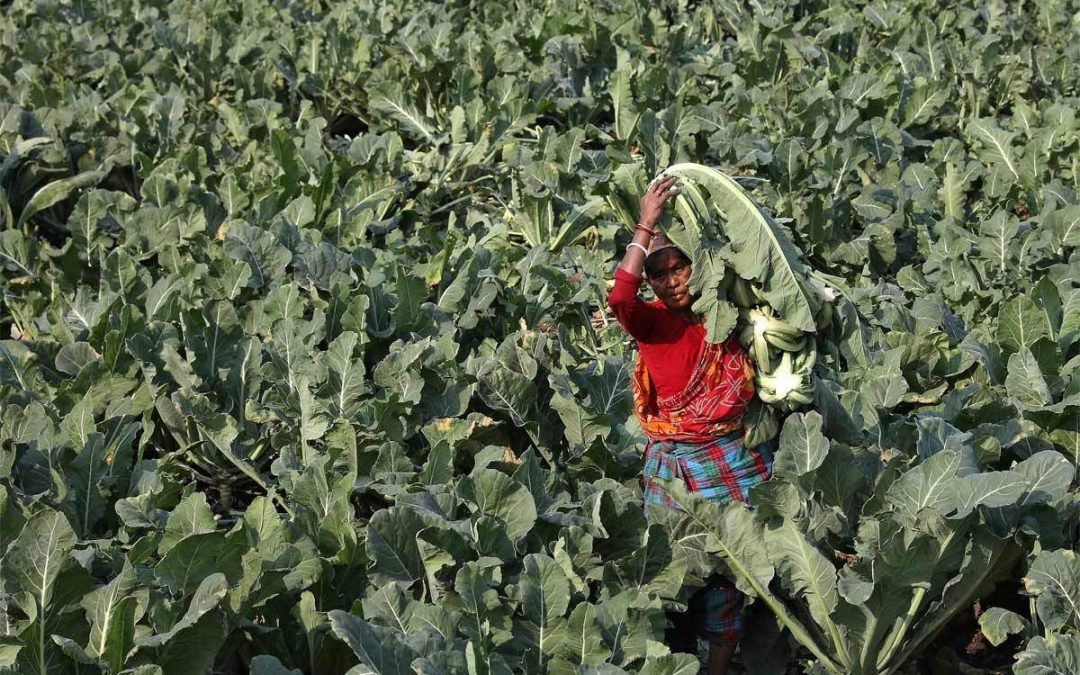Prepared to launch your agricultural empire in 2023? It’s crucial to be aware of the most lucrative farm business options for the upcoming year before you get your hands dirty. We’ve put together a list of some of the best suggestions so you can start expanding and turn 2023 into a year that will be highly profitable for your farm business!
Table of Contents
Farming With Artificial Intelligence
Artificial technology is beginning to permeate agriculture in a variety of ways, such as through the measurement of soil nutrient levels, monitoring of disease and pest pressure, and irrigation needs. By 2025, AI and machine learning are expected to generate $15.3 billion in income, according to BI Intelligence Research.
According to the Food and Agriculture Organization, to satisfy population growth forecasts by 2050, we would need to produce 60% more food. The agriculture sector is nevertheless under pressure from geopolitical decisions, global events, supply chain problems, and weather-related incidents. The good news is that artificial intelligence might be able to close the gap. Artificial intelligence and machine learning are already demonstrating the potential to assist overcome the gap in predicted food needs, according to this Forbes article.
Here are just a couple of instances of how AI is influencing the agricultural sector:
Crop and soil monitoring – Farmers can utilize drones to collect image data to keep an eye on the health of their crops and soil. To monitor crop health, identify malnutrition, and make yield estimates, AI can analyze the visual data. All of this enables farmers to safeguard their crops more quickly.
Pest and disease monitoring – AI can identify plant diseases and pests using picture recognition and deep learning. This is illustrated by a study on apple black rot. With an accuracy of 90.4%, researchers were able to identify and diagnose disease severity.
Soil Fitness
Franklin Roosevelt, the president of the United States, said in 1937 that “the nation that destroys its land kills itself.” To combat soil erosion brought on by the 1930s “dust bowl days,” soil health was a crucial weapon at the time.
The maintenance of our soils is intimately related to America’s food security and may prove to be a weapon against climate change, which are both equally essential reasons why soil health is currently popular.
With the world’s population growing, the FAO stated that sustainable soil management has the potential to generate up to 60% more food. It is therefore crucial to get the most crop out of our land. Farmers are aware that productive soils lead to profitable fields, thus techniques like no-till farming, cover crops, and other tools are gaining popularity. Additionally, farmers view soil health as a method to protect their property for coming farming generations in their families.
Energy Markets
Climate change is less likely on a planet with healthy soils. Around 25% of the annual global emissions from fossil fuels are removed by soil, according to Columbia University’s Earth Institute. By offering grants and, occasionally, compensating farmers directly for the carbon their soils remove from the atmosphere, governments and private businesses are developing systems that give the money needed to restore soil health on farms.
Sustainable Agriculture
Regenerative agriculture refers to farming and grazing techniques that emphasize topsoil regeneration. These techniques help farmers sustain crop yields, enhance plant uptake of water and nutrients, boost farm profitability, and assist biosequestration, among other advantages.
Regenerative agriculture is built on a focus on enhancing the vitality and health of farm soil.
Although it is not a new issue, regenerative agriculture has recently gained more attention due to the soil health trend. When General Mills pledged $2 million to the “Nature Conservancy, Soil Health Institute, and Soil Health Partnership to support the development of tools and resources for farmers, landowners, and supply chain leaders to achieve widespread adoption of soil health practices,” regenerative agriculture became an increasingly hot topic. But their main objective is to progress.
Precision Agriculture
To improve producer outcomes, precision agriculture makes use of intelligent, networked technology systems. Supporting crop monitoring and focusing on crop nutrition strategies are two applications of precision agriculture. Although fertilizer costs are now starting to decline, they are still higher than the 5-year average. But, with precision agriculture, farmers can apply fertilizer more precisely, thereby lowering their fertilizer costs.
Swine Farming
Because of the strong demand for pork and its byproducts, swine farming is a significant agricultural industry around the world and is becoming more and more popular. Almost 61% of the pork consumed in the United States comes from pig farms. Pigs are relatively cheap to keep, but they can make a lot of money if they are well-handled. Entrepreneurs may find that it can be an exceedingly profitable company even in difficult economic times with careful attention to detail and adequate preparation.
The farmer must first gain knowledge of the swine industry to construct a viable swine farm enterprise. Canarm claims fundamental knowledge about breed selection, feeding and water management, herd health maintenance, facility construction, and waste disposal systems.



